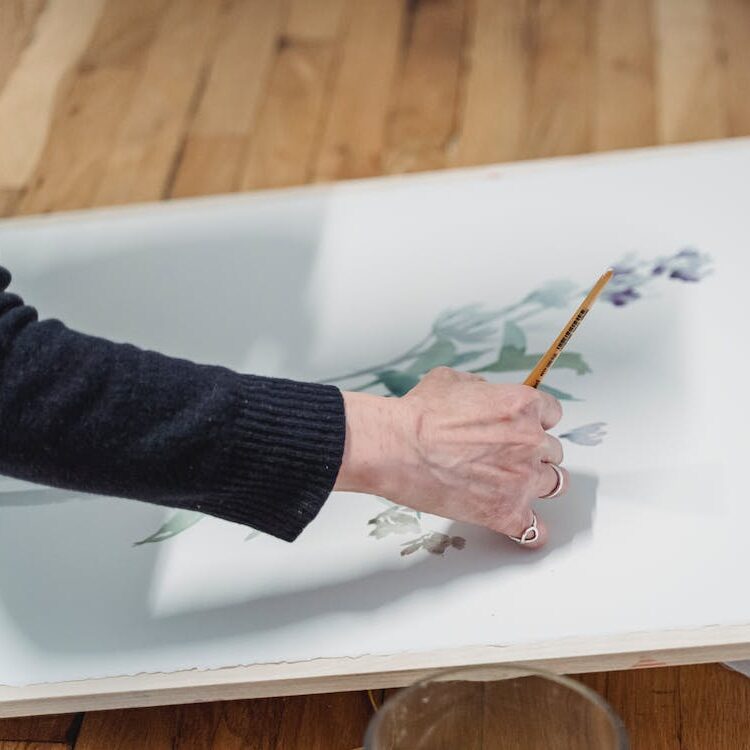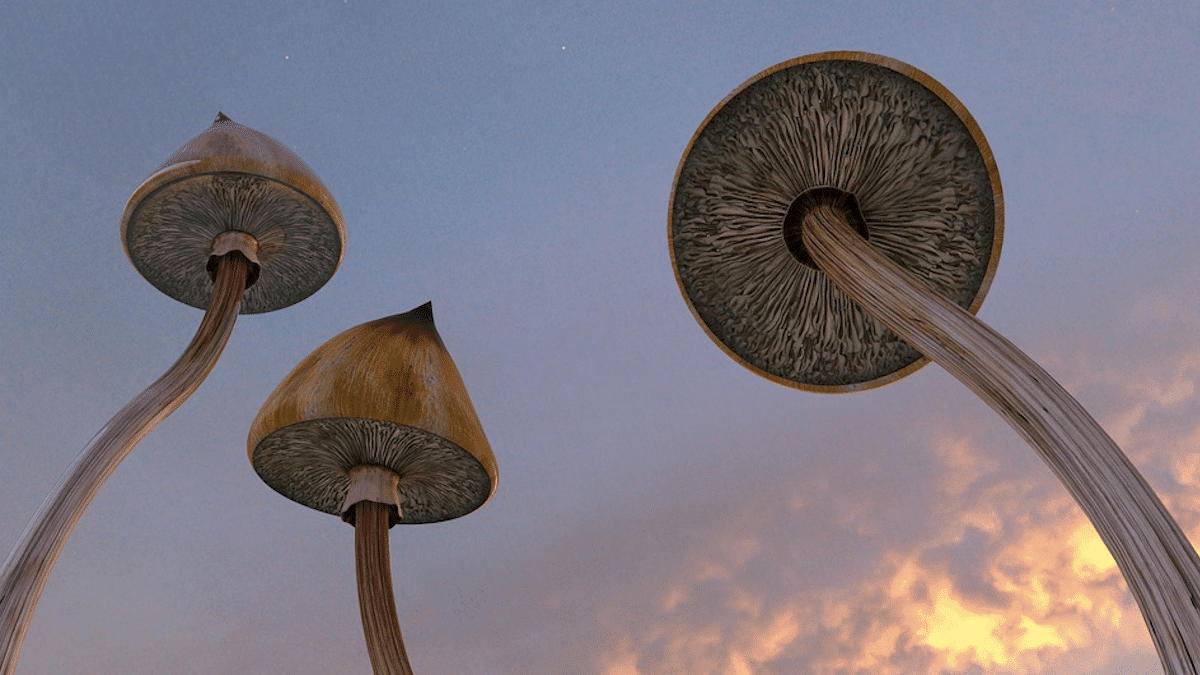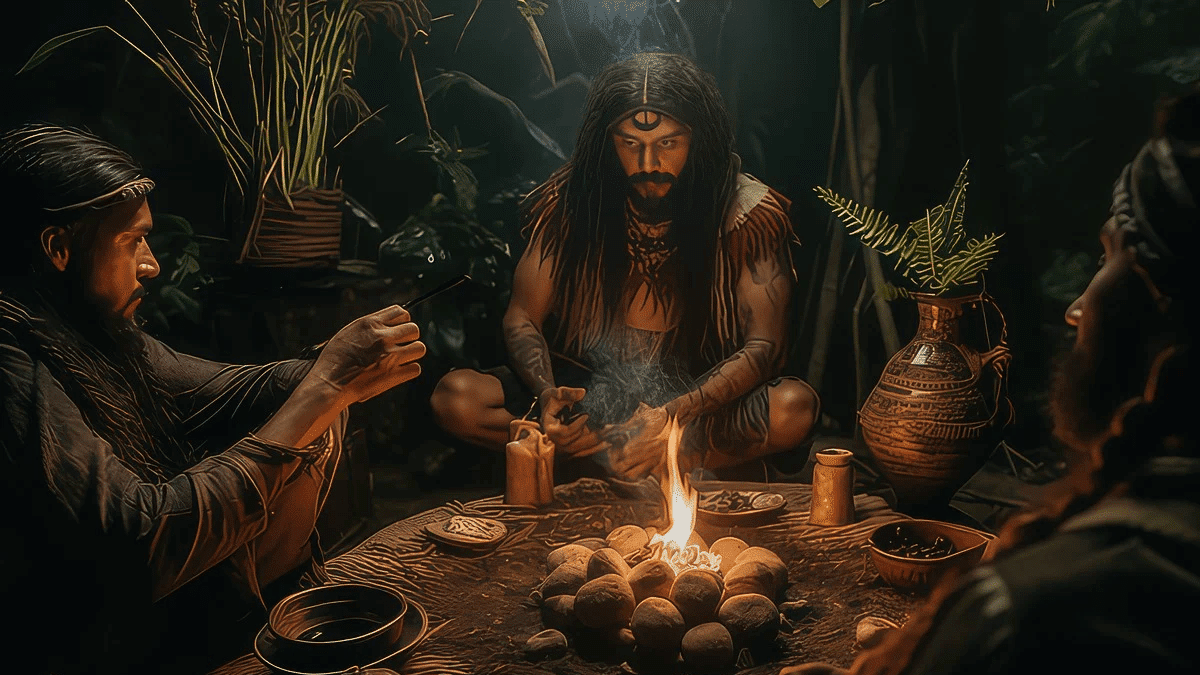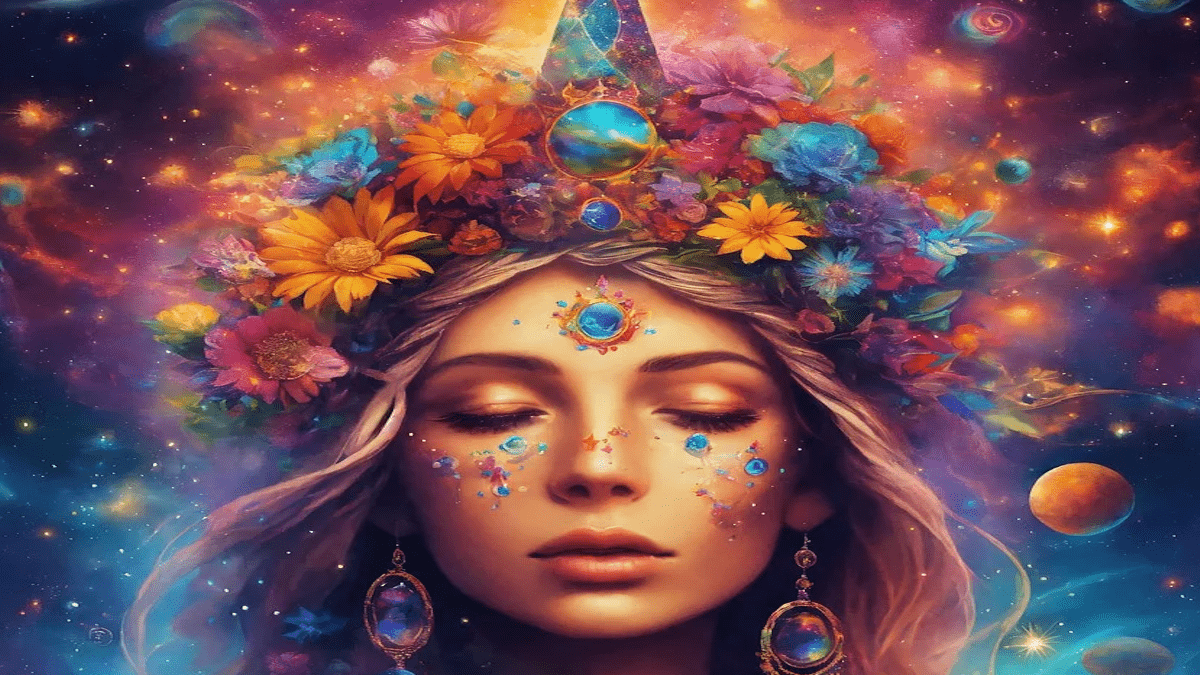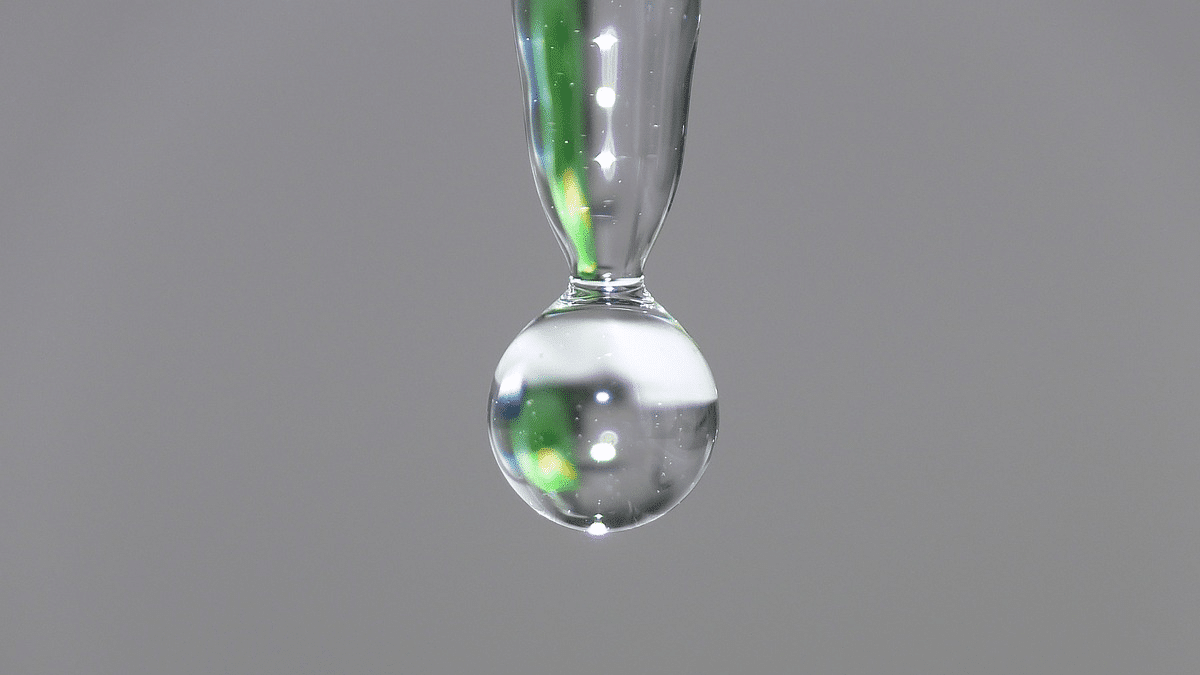If you've ever thought about the mysterious connection between mind-altering substances and creativity, you're not alone. The idea that the use of certain substances can influence our creative minds has fascinated artists, thinkers and scientists for centuries.
In this article, we delve deeper into this interesting topic and explore how mind-altering substances have historically played a role in art and creativity. How about our Spacepage!
Table of contents
What are the historical connections of mind-altering drugs?
Let's go back in time and look at historical and cultural examples of mind-altering substances in art and creativity. It is no secret that many famous artists, writers and musicians are known for their use of these substances.
From Vincent van Gogh to Jim Morrison, Salvador Dalí to Aldous Huxley, the list of visionaries who claimed that mind-altering substances inspired them is long and impressive. It is fascinating to see how these substances played a role in creating masterpieces and fostering new forms of expression.
Take, for example, The Beatles' famous song "Lucy in the Sky with Diamonds," which is said to have been inspired by LSD. Or consider Pablo Picasso's revolutionary paintings, many of which were created while he was under the influence of absinthe. These examples suggest that mind-altering substances can indeed play a role in generating new and innovative ideas.
What is the effect on creative processes of magic mushrooms?
Traditionally, magic mushrooms have often been associated with spiritual and recreational experiences. People who have used magic mushrooms often report a variety of thoughts and associations. This may stem from the interaction between psilocybin, the active ingredient in magic mushrooms, and the receptors in our brains involved in thought processes and the formation of new connections.
Research[1] has shown that psilocybin can enhance activity in certain parts of the brain. These areas, such as the prefrontal cortex and default mode network, are associated with cognitive functions, self-reflection, introspection and creativity. The increased activity in these areas may lead to the release of neurotransmitters associated with creative thinking, such as dopamine and serotonin.
Can I count on changes in perception and thought processes?
Yes! In addition to activating specific brain regions, magic mushrooms can also cause changes in perception and thought processes[2]. Users often report a heightened sense of connection with the world around them, which can contribute to a broader perspective and new ideas. Shrooms can also reduce inhibition and bring the subconscious to the surface, allowing creative thoughts to flow more easily.
Greats in surrealist art, such as Salvador Dali and Max Ernst
Mushrooms have given artists, especially the surrealist types, a push to delve deeper into their thoughts and fantasies. Through these mushrooms, they see things that are normally hidden, and that has really changed art.
Well-known artists like Salvador Dali and Max Ernst were really fans of the trippy effects of magic mushrooms. In their art, you often see a mix of what is real and what is totally impossible, just like you have with a good magic mushroom trip. Take, for example, Dalí's painting[3] with those hanging bells: that reminds you of the weird things you see when you've taken shrooms, doesn't it? And Ernst's artworks? Those are full of strange images, probably inspired by his own experiences with magic mushrooms.
Growing magic mushrooms: a meditative and creative experience
The growing mushrooms is not only fascinating because of the fascinating effects they can have on creativity, but even the process itself can be a meditative and creative experience. With the help of grow kits, complete grow kits that contain all the necessary materials, you can grow your own mushrooms!
Resources
[1] https://imperial.ac.uk/news/235514/magic-mushroom-compound-increases-brain-connectivity/

